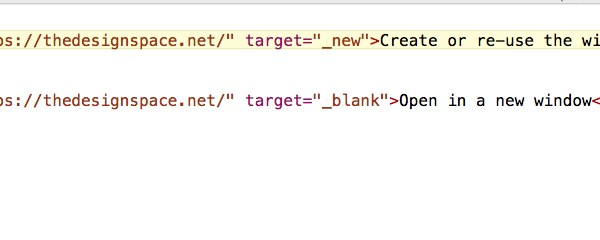Explanation of relative, absolute, network and web paths
Paths can be one of the most confusing aspects of web development. Most web designers are familar with absolute paths and relative paths:
Absolute paths point to files that can be anywhere on the internet. They don’t assume any relative location to the current document. An absolute path to a file will always be the same, no matter where the link to it is located.
Example of an absolute path:
Continue readinghttp://yourdomain.com/directoryname/otherfile.htm

